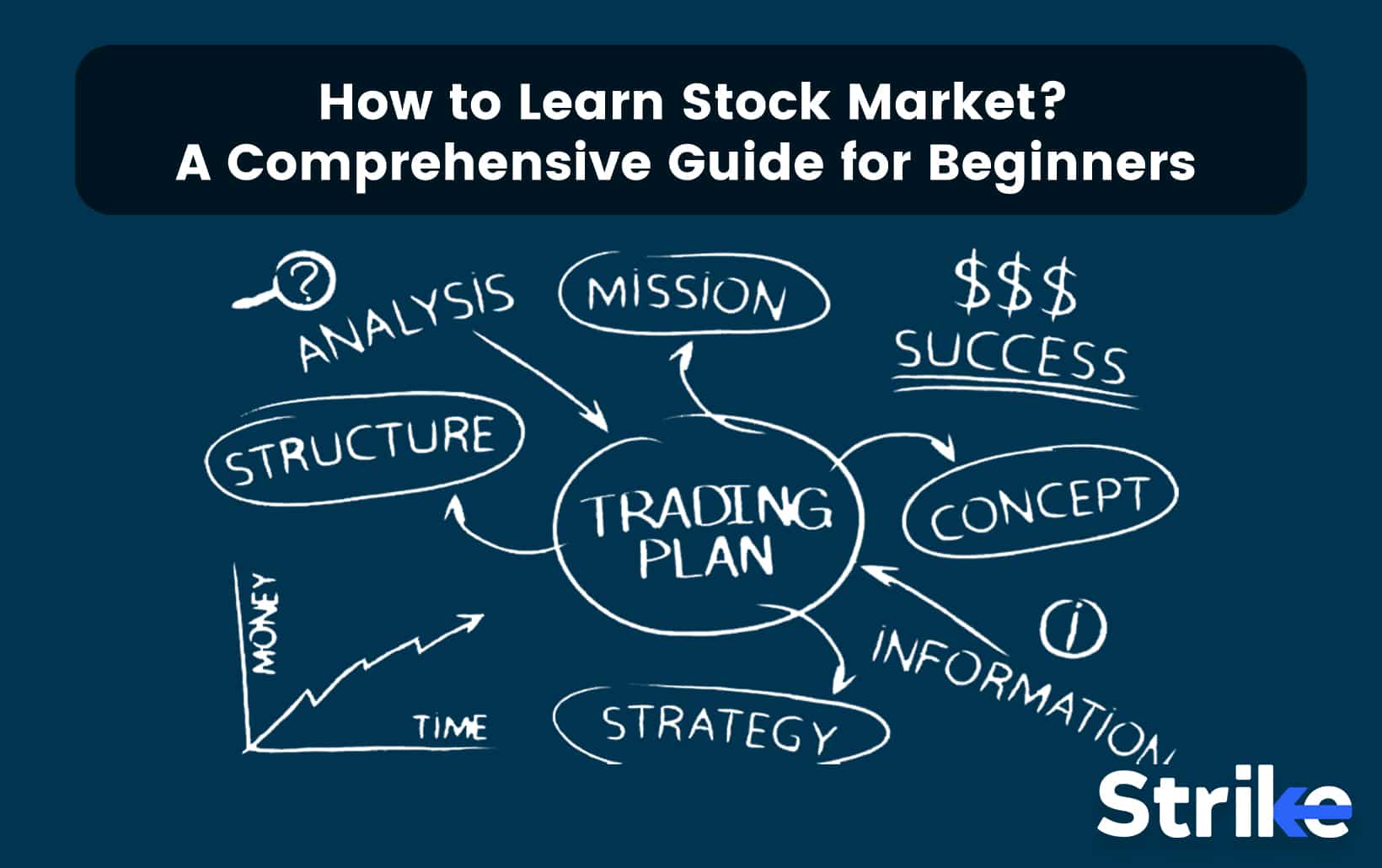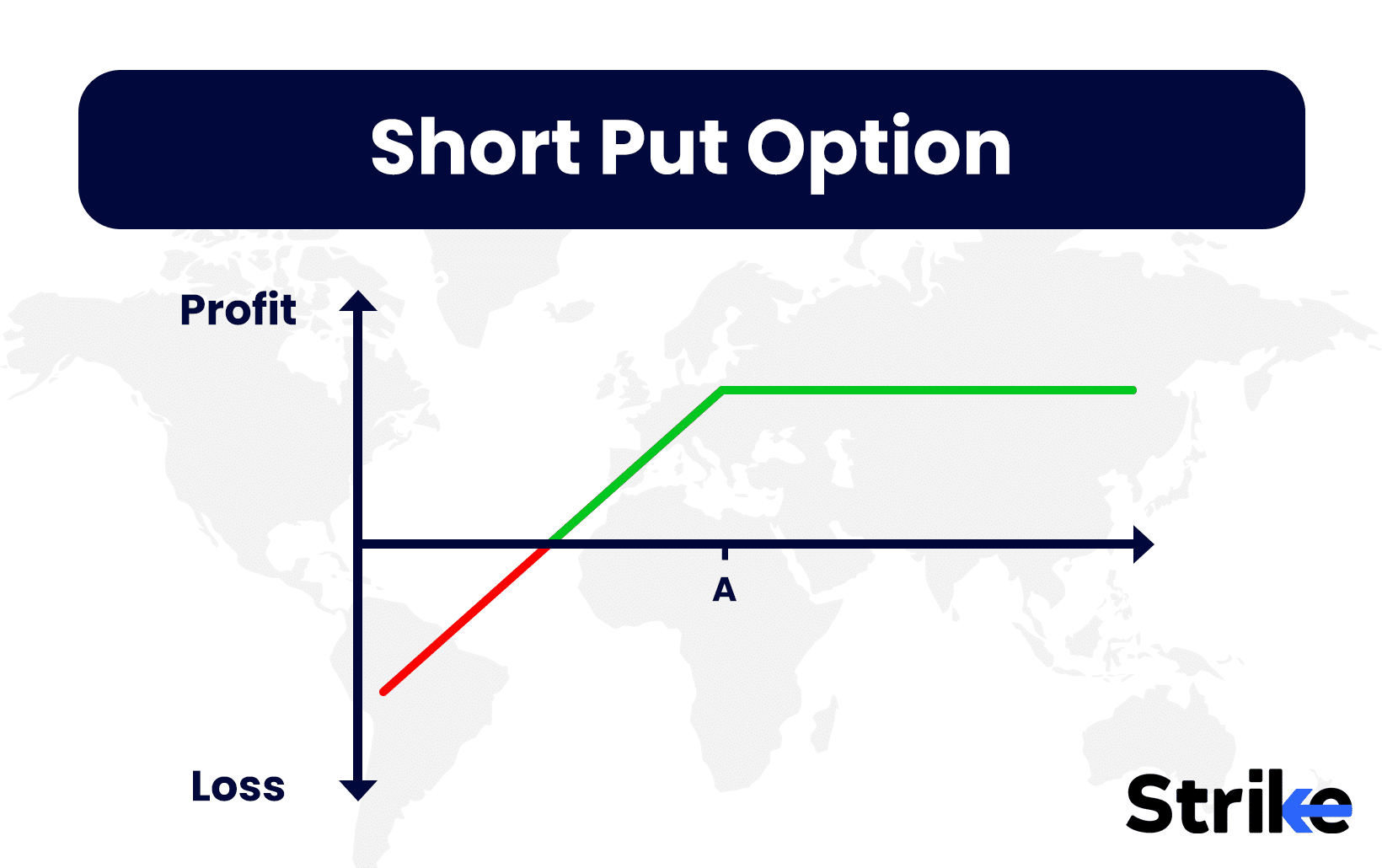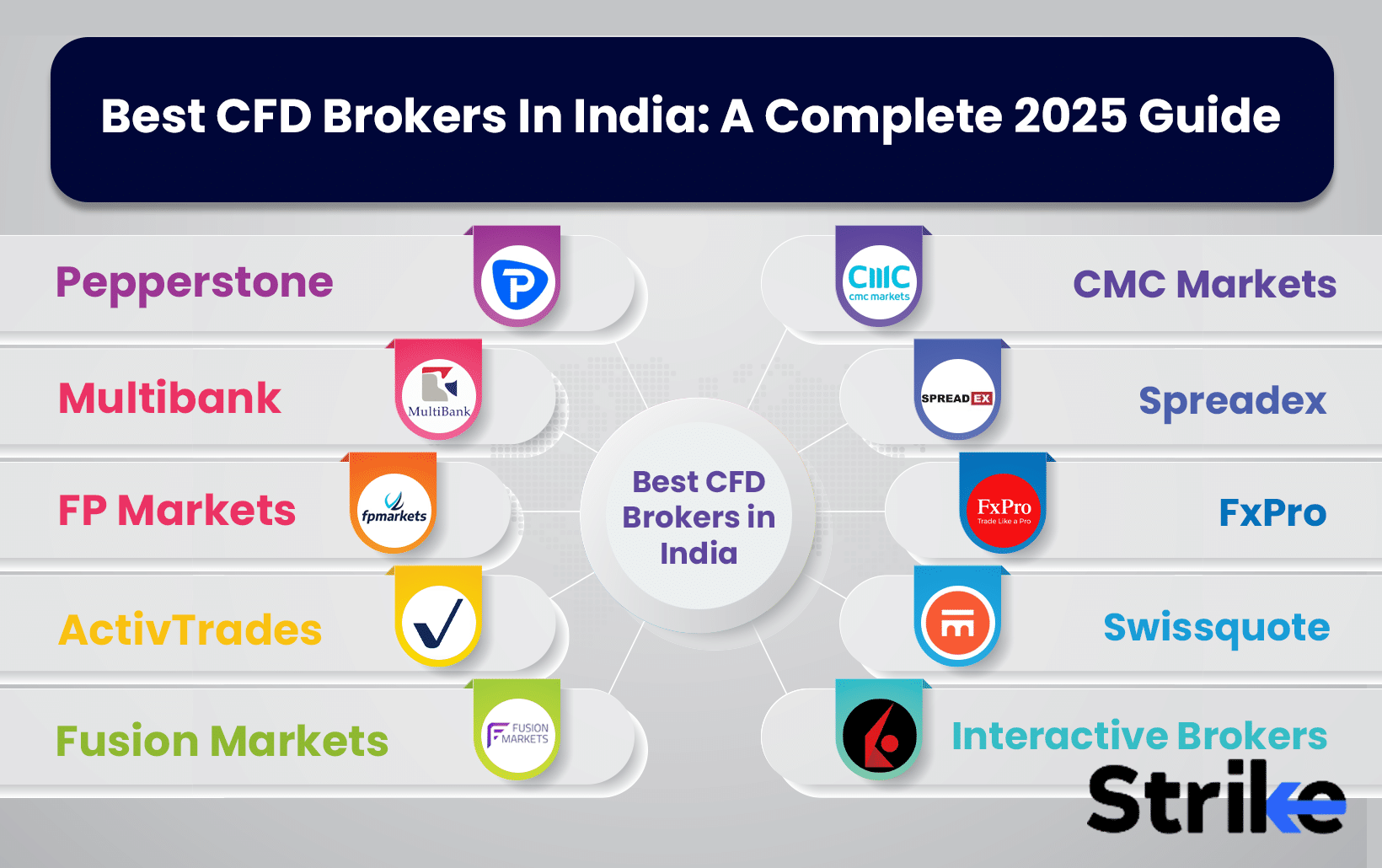How to Learn Stock Market? A Comprehensive Guide for Beginners

Learning stock markets is imperative to becoming a successful trader. Learning the stock market starts with understanding what a stock is and how the stock market works.
Stock represents a fraction of a company’s ownership. Investors buy stocks in the hope that its price will go up. Stocks are traded in stock markets.
To learn the stock market, Understand the basics of what a stock is, how the stock market works, and fundamental concepts like supply and demand, bull and bear markets, and market capitalization. Familiarize yourself with important terminology related to stocks, investing strategies, financial metrics, trading tools, etc. Glossaries are helpful resources. Educate yourself by reading recommended books, taking online courses, listening to investing podcasts, and following experts on social media. Ongoing learning is important. Set up a virtual trading account to get hands-on practice placing stock trades without risking real money. Treat it like a simulation.
You can also learn from both successes and mistakes by analyzing all your trades and journaling the experience over time. Consider seeking professional guidance when first starting out or for complex strategies as another source of education. Start small by limiting account size, trade sizes, and risk exposure until gaining experience. Avoid overtrading.
1.Understanding the Basics
Learning about the stock market involves understanding a variety of concepts, from the basics of how stocks are traded to the more complex strategies for investment.
What is a Stock?
A stock represents fractional ownership in a company, entitling the shareholder to a claim on part of the company’s assets and earnings. Stock purchase is one way to acquire ownership of a firm through the acquisition of shares of its stock. The amount of the company you own is proportional to the number of shares you hold relative to the total number of shares outstanding.
How do Stock Markets Work?
Stock markets operate as a centralized electronic platform where buyers and sellers engage in the trading of shares of publicly listed companies. This activity is facilitated through brokers, with the stock market’s prices fluctuating based on the dynamic balance of supply and demand. This system enables capital raising for corporations and allows investors to purchase ownership stakes in these companies, potentially profiting through dividends and share price appreciation. Prominent stock exchanges like the National Stock Exchange (NSE) and Bombay Stock Exchange (BSE) in India, along with the NASDAQ in the United States, play a crucial role in the stock market by providing a network of brokers and trading platforms for efficient market operations.
Fundamental Concepts
There are three fundamental concepts of stocks – supply and demand, bull vs bear markets, and market capitalization.
The laws of supply and demand are a driving force behind stock prices and the overall stock market. A high level of demand for a stock will result in a price increase as more purchasers bid for the shares. A low level of demand will result in more sellers than buyers, which will lower the stock price. This dynamic between buyers and sellers constantly adjusts stock prices up or down as demand fluctuates.
A bull market refers to a period of generally rising stock prices. It is typically marked by high investor confidence, with strong demand that drives prices higher. Bull markets sometimes last months or even years before reversing into a bear market. In contrast, a bear market is characterized by falling prices and pessimism, where the supply of stock shares outpaces demand. Bear markets tend to see panic selling, often triggered by negative news or events. While bull markets see gradual ascents, bear markets usually involve sharper declines.
The market capitalization, or market cap, is the total value of a company’s outstanding shares. It is calculated by multiplying the current stock price by the number of shares outstanding. Market cap is used to determine the overall size of a stock or index.
2. Understanding Terminology and Jargon
The most important stock market terms to know include IPO, dividends, P/E ratio, volume, beta, short selling, and technical and fundamental analysis.
An IPO, or initial public offering, is the first time a private company sells stock to the public on the open market. This is a common way for companies to raise capital and become publicly traded. Investors examine the offer price determined by the underwriters, the opening and closing prices on the first trading day, and the financials and growth prospects of the firm while assessing initial public offerings (IPOs). Understanding IPOs is important for identifying new investment opportunities as more companies go public.
Dividends are regular cash payments companies make to shareholders as a return on investment. These payments are usually made quarterly. Investors examine the dividend yield, which is calculated by dividing the yearly dividend amount by the stock price as of the current analysis. The dividend payout ratio, or the percentage of earnings paid out as dividends, is also scrutinized. Dividends provide income for investors and signal a company’s financial health.
The price-to-earnings or P/E ratio is calculated by dividing the company’s current share price by its earnings per share. The P/E ratio gives insight into how much investors are willing to pay for each rupee of the company’s earnings. A high P/E sometimes means the stock is overvalued, while a low P/E sometimes indicates it is undervalued. Comparing P/Es in the same sector helps determine if a stock is fairly valued.
Trading volume is the number of shares traded during a given period. Volume indicates the liquidity of a stock and the level of investor interest. High volume means greater liquidity and more trading activity. Spikes in volume sometimes signal key events like earnings releases. Volume is an essential indicator for technical analysis to identify momentum and trends.
The beta of a stock measures its volatility in relation to the overall market. A beta of 1 means the stock is as volatile as the benchmark index. A beta above 1 indicates greater volatility and higher risk. A beta below 1 means less volatility and lower risk than the overall market. Understanding beta helps assess the risk level of a stock.
Short selling involves borrowing shares and immediately selling them, hoping the stock falls so the shares are repurchased at a lower price later. The short interest percentage shows the number of shares currently shorted compared to outstanding shares. High short interest sometimes indicates negative investor sentiment. Analyzing short data provides insight into how certain stocks sometimes perform.
Technical analysis involves analyzing statistics generated by market activity – such as price, volume, and volatility indicators – to identify trading opportunities. Fundamental analysis examines the financials and operations of a company to determine its intrinsic value.
3. Educational Resources
Books, online resources, and courses are three primary educational resources for learning about the stock market.
Books
Below are three books that are important resources for learning the stock market.
1.The Intelligent Investor by Benjamin Graham
The Intelligent Investor by Benjamin Graham is a classic book on value investing. First published in 1949, it teaches investors how to develop long-term strategies and make wise decisions to beat the stock market. Graham introduces the concepts of margin of safety, Mr Market, and defensive versus enterprising investors. He advises analyzing stocks like a business to find their intrinsic value. Graham’s central message is that investors beat the market through research, patience, and defensive investing.
2. A Random Walk Down Wall Street by Burton Malkiel
In A Random Walk Down Wall Street, Burton Malkiel argues that stock prices move randomly and cannot be predicted. He suggests a passive investing strategy of buying and holding index funds for the long term. Malkiel explains theories like the efficient market hypothesis and behavioural finance. He examines technical and fundamental analysis, showing why active stock picking does not consistently outperform the overall market. Malkiel demonstrates how fees, trading costs and taxes impact returns. This book recommends portfolio diversification and long-term discipline to achieve investing success.
3. The Little Book of Common Sense Investing by John C. Bogle
In The Little Book of Common Sense Investing, John C. Bogle makes the case for index fund investing. He cites data showing active managers fail to consistently beat market averages over the long run. Bogle argues investors should avoid timing the market and instead use a simple buy-and-hold strategy. He recommends owning stock index funds with broad diversification and the lowest possible costs. Bogle also advises investors on topics like asset allocation, rebalancing, risk tolerance, and tuning out noise from Wall Street. This short book packs a powerful message on the virtues of passive investing.
These three essential stock market books offer invaluable insights and time-tested wisdom to help novice investors understand the stock market, adopt sound strategies, and work towards long-term investing success.
Online Resources
Online resources such as Strike (strike. money) carry technical analysis blogs ranging from the simplest to the most complex methodologies. The blogs cover intraday as well as positional trading strategies across cash and derivative markets. Concepts around indicators, patterns, and volume analysis are thoroughly discussed. Even advanced topics like algorithmic and automated trading are featured. Suitable for both novice traders looking to learn the ropes of technicals and experienced players seeking advanced methodologies, Strike caters to traders of all capabilities and risk appetites.
Moneycontrol (www.moneycontrol.com) is a leading finance and investing website in India. It offers stock quotes, market news, investor forums, podcasts, trading courses, and tools like portfolio trackers. You could acquire knowledge about ideas like technical analysis, fundamental analysis, and mutual fund investing by researching equities. While premium services are offered, much of the investing education content is free.
ValueResearch (www.valueresearchonline.com) provides data, analysis, and opinions on stocks, mutual funds, and overall investing in India. You get to check out stock research reports, portfolio manager interviews, performance statistics, and comprehensive fund reports. They also have Beginners Zone articles explaining investing concepts. The basic stock data is free, while premium access unlocks more research.
Financial Express (www.financialexpress.com) provides market news, data, analysis, and personal finance advice from an Indian investor’s perspective. You will be able to look up stock quotes and mutual fund details and get introductions to investing concepts. The site also covers business and economic news related to the Indian markets.
CNBC-TV18 (www.cnbctv18.com) is India’s leading business and financial news network. The website provides real-time stock prices, market indices, and sector analysis, along with videos covering Indian and global market developments. Live TV broadcasts are available for viewing, or you might discover excerpts from shows and stock interviews.
Courses
Indiacharts provides courses on India’s stock markets, which are suitable for all types of investors. These courses are curated by the founder, Rohit Srivastava. Below are some other courses categorized as/
For Beginners
- Investopedia Stock Trading Course: This free course provided by Investopedia is great for beginners. Through 10 chapters of video lessons and simulators, it covers core concepts like risks, returns, markets, fundamentals, technical analysis, and developing a trading plan.
- Zerodha Varsity: Zerodha is one of India’s largest stock brokers. Their free Varsity modules are aimed at Indian investors, teaching trading psychology, technical analysis, fundamentals, and more. The clearly structured course takes beginner to intermediate skill levels.
For Intermediate Learners
- Investopedia Become a Day Trader Course: This paid course helps intermediate learners develop skills for active trading and day trading. Through 8 hours of on-demand video, you’ll learn planning, finding trades, analyzing charts, managing risk, and more.
- Udemy Technical Analysis Course: Udemy has affordable paid courses taught by market experts. This course focuses on analyzing charts to find high-probability trading opportunities. It covers indicators, Japanese candlesticks, Elliott Wave theory, and developing a trading system.
For Advanced Learners
- Warrior Trading Course: Warrior Trading is one of the most popular educational resources for trading on the day. Their paid course is an intensive 6-12 month program teaching everything from psychology to scanners, Level 2, and developing a consistent strategy.
- SMB Options Course: SMB Options teaches a proprietary “Tier 1 Options Trading Strategy” in their paid course. Led by professional trader Mark Sebastian, this advanced course teaches options Greeks, pricing models, neutral trades, spreads and more.
Indiacharts provides quality free and paid courses for Indian markets across all skill levels. Pair this with a respected broker like Zerodha; you will get a world-class stock market education.
4. Market Analysis and Strategy
Analysis of the market, forming investment strategies, and risk management play pivotal roles in stock market success.
Analyzing the Market
Analyzing markets over time helps you see patterns emerge in stock prices and movements. The most basic way to read a stock chart is to look at the high and low prices over time, with the high being the ceiling and the low being the floor price range. Pay attention to changes in volume, as higher volume often coincides with bigger price movements. Look for support and resistance levels where prices tend to bounce up from or hesitate to break through.
Observe moving averages, which smooth out price data and help identify uptrends and downtrends. Notice any changes in momentum using indicators like RSI or MACD. Be aware of major news announcements or earnings reports that could impact prices. Consider longer-term trends versus short-term fluctuations. Recognize common chart patterns like head and shoulders that may signal a trend continuation or reversal. Integrating all of these elements will help you better understand the overall trends in a stock.
Investment Strategies
Investment strategies encompass a range of philosophical approaches, asset allocation methodologies, security selection criteria, and risk management techniques investors employ to meet their financial objectives. Long-term investing involves holding stocks for extended periods of time, often years or even decades. The goal is to allow time for compound growth and ride out short-term market fluctuations. Short-term investing involves holding stocks for shorter periods, ranging from a few days to a year. Short-term investors aim to capitalize on daily price movements and volatility. They rely more heavily on technical analysis tools to time entries and exits. While long-term investing requires patience, short-term trading needs vigilance.
Growth investing prioritizes companies expected to deliver above-average growth in areas like revenue and earnings. Growth stocks tend to have high valuations and high prices relative to current fundamentals. Value investing focuses on established companies trading below intrinsic value. Value stocks have lower valuations like low price-to-earnings and price-to-book ratios. Investors believe the market has overreacted and mispriced the stock.
Technical analysis evaluates price and volume data to identify patterns and trends. It uses historical charts to make decisions, with tools like moving averages and support/resistance levels. Fundamental analysis examines financial statements, management, competitive advantages, and industry trends. It aims to determine a stock’s intrinsic value based on business health and growth prospects. Fundamental investors hold long-term positions based on in-depth research.
Risk Management
Risk management is key to long-term success in investing. Diversifying holdings across different sectors, industries, and market capitalizations helps reduce exposure to any single risk. Understanding an individual’s risk tolerance is necessary to determine appropriate investments and avoid potentially dangerous speculation. By diversifying a portfolio matched to risk preferences, investors can improve outcomes and sleep well at night through market ups and downs. Proper risk management through diversification and understanding tolerance levels, therefore, plays a vital role in investing strategies and long-term wealth creation.
5. Practical Steps to Get Started
Practising trading using virtual trading platforms, setting up a brokerage account, and developing a personal investment plan are the three practical steps to get started.
Virtual Trading Platforms
Virtual trading platforms allow investors to practice trading stocks, options, futures, forex, and other assets in a risk-free simulated environment before putting real money on the line. These platforms aim to help develop and test trading strategies, gain experience with market mechanics, and build confidence without the stress of actual financial risk. Virtual trading platforms provide users with simulated cash balances to trade virtual securities using real market data.
The platforms closely mimic the look and feel of actual brokerage platforms. Users are able to search for, monitor, and place simulated trades on stocks, ETFs, options, futures, forex, and cryptocurrencies, among other tradable assets. The simulated prices of virtual securities reflect real-time pricing data from live markets. As soon as a user completes a virtual transaction, the platform automatically fills the order at the going rate and modifies the user’s virtual currency balance. This allows users to experience the real-time market dynamics and emotional aspects of trading without putting actual capital at risk.
Setting Up a Brokerage Account
Setting up a brokerage account requires choosing a brokerage firm that fits your investing needs and completing their application process. You’ll want to research brokerages to compare fees, investment options, customer service and any specialized tools or resources they provide. Once you’ve selected a broker, gather your personal information, like bank account details, to complete the online or paper application. After submitting the application, expect to receive login credentials for your new account within a few business days once it has been reviewed and approved by the brokerage. You then begin trading and managing your portfolio through the broker’s platform and working with a representative if you need any assistance.
Developing a Personal Investment Plan
The first step is to clearly define your investment objectives. Once you know your goals, think about your individual risk tolerance. How comfortable are you with market volatility and the possibility of losing principal over certain periods? Will you be able to stick to a long-term investing strategy even during major downturns? Understanding your personal appetite for risk will help you choose suitable investments and asset allocation. Those with low-risk tolerance sometimes want a higher portion in stable assets like bonds, while more aggressive investors sometimes hold more stocks.
Your asset allocation is how you distribute money across the major asset classes like stocks, bonds, real estate and cash equivalents. Diversification is key – you’ll want a mix of assets that balances risk versus return. Stocks offer growth potential but also volatility, while bonds provide steady income with lower risk. Revisit your allocation periodically and rebalance your portfolio to stay on track as markets shift. Your ideal allocation depends on your goals, time horizon and risk tolerance.
Once you know how much equities you want, it’s time to select individual stocks. Look for companies with solid fundamentals, consistent earnings growth, strong management teams and competitive advantages in their industries. Understand the company’s financials and valuation metrics. Diversify across different sectors and market caps. Actively monitor your holdings – trim positions if fundamentals deteriorate and keep enough cash on hand to take advantage of pullbacks and buy on dips.
6. Staying Informed and Continuous Learning
Leading business publications like Economic Times, Business Standard, Mint, Moneycontrol and CNBC-TV18 provide extensive coverage of Indian markets and stocks. Regularly reading their market commentary and business news will help you understand the factors impacting stock prices. Pay close attention to quarterly results, economic policy announcements, analyst calls, and regulatory changes, all of which impact investor sentiment. Additionally, global developments also influence the Indian market, so following international market news is also important.
Brokerages, financial advisory firms and market experts publish weekly or monthly newsletters focused specifically on the Indian market. These include HDFC Securities Bees, ICICI Securities Watchout, Prabhudas Lilladher LORD, Centrum Broking Insight and more. The in-depth research reports analyze macro trends, budget policies, economic indicators, company performance and stock valuations. Newsletters from independent market commentators like Arun Kejriwal and Shyam Sekhar also offer useful insights.
Top podcasts like Moneycontrol BullsEye, ET Wealth Wise, CNBC-TV18’s special podcasts and Morningstar India help investors stay updated on stocks and mutual funds through engaging audio content. Other podcasts like Zerodha’s Traders Podcast, ValueResearch Stock Select and Stable Investor discuss markets, trading strategies and personal finance for Indian investors.
7. Common Mistakes to Avoid
One of the biggest errors beginners make is trying to time the ups and downs of the market and predict prices. Buying low and selling high at the same time is a very tough, if not impossible, strategy. Markets are sometimes volatile, and stocks swing up and down unpredictably in the short term. Beginners should refrain from attempting to time their entry and exit points. A better strategy is to take a long-term buy-and-hold approach. Do your research, invest in strong companies at fair valuations, and hold them through the inevitable volatility. Timing the market rarely pays off.
Another common mistake is putting all your investment capital into just one or two stocks. While you might believe strongly in a company, diversification across different stocks and sectors dramatically reduces your risk. The general rule is to invest no more than 5-10% of your portfolio in a single stock. In the event that one company collapses, you could potentially reduce your damages. Spread capital across at least 10-15 stocks in different industries to diversify and minimize risk. Overexposure to one stock is sometimes disastrous for beginners.
In the age of social media, stock tips and rumours spread like wildfire. However, acting impulsively on the latest hot tip without verification is a recipe for losing money. Tips and rumours sometimes turn out to be completely false and temporarily inflate a stock price, creating a bubble. Savvy beginners will verify every piece of information with reputable sources before making any investment decision. Always do your own research to confirm whether a tip has any real substance. Blindly following rumours will undermine your stock success.
Beginners spot a steep price drop on a stock and impulsively buy it in hopes of a quick rebound. The prospect of grabbing a stock at a discount proves too tempting. However, stocks often fall for good fundamental reasons like poor earnings. Trying to catch falling knives is extremely dangerous for beginners. The downtrend sometimes continues further down, leading to more losses. It’s better to allow a stock time to bottom out and show signs of reversing course before jumping in.
Unlike cash accounts, margin accounts allow you to borrow money from your brokerage to buy more stock. This leverage magnifies both gains and losses. Beginners should steer clear of excessive margin trading. While tempting to supercharge your profits, the margin is risky, and beginner mistakes get amplified. Losses sometimes will eclipse your initial investment in margin calls. It’s easy for beginners to overextend themselves with margins in volatile markets. Limit leverage and build skills with a cash account first. Only use margin cautiously once you gain experience.
Failing to research companies in depth before investing is a common beginner pitfall. Buying a stock just because it’s going up or down generates losses. Beginners should conduct due diligence on every company they consider. Research the financials, competition, industry trends, management and risks thoroughly. Make sure the company has a solid business model and healthy financial metrics like earnings, revenue, debt levels and cash flow. Don’t buy blindly based on hype. Spend time analyzing stocks.
Beginners trade excessively, trying to catch every short-term price swing or double-up win. They sometimes exit winning positions prematurely or chase losing stocks lower. Frequent trading racks up fees and is tax-inefficient. Most beginners lack the time and skills for successful short-term trading. It’s better to be patient, hold through volatility and avoid overadjusting your portfolio. Refrain from panicked reactions or trying to chase winners. Stick with a buy-and-hold strategy. Overtrading usually produces poor results for beginners.
8. Seeking Professional Advice
One of the most valuable times to seek professional guidance is when you’re just getting started with stock market investing. As a beginner, you likely don’t have a deep understanding of how the market works, what principles guide sound investment decisions, and how to go about building a well-diversified portfolio. A financial advisor will provide tailored education and advice based on your specific goals, time horizon, and risk tolerance. Rather than fumbling through do-it-yourself research, you will be able to develop an intelligent investing approach from the start under the advisor’s expertise. This helps ensure you avoid common beginner mistakes and get your investments pointed in the right direction.
A key part of investing success is having a solid investment plan that accounts for your objectives, constraints, and personal financial situation. A financial advisor will evaluate your specific circumstances and develop a long-term plan to guide your stock market investing. This includes assessing your risk profile, return requirements, time horizon, income needs, tax considerations, and more. With a plan in place, you’ll have a roadmap to follow for building a portfolio, adjusting your asset allocation, rebalancing, and making other important investing decisions. The advisor essentially becomes your coach, keeping you disciplined according to your plan.
Once you have a solid base of investing knowledge, you might be interested in employing more advanced strategies to pursue higher returns or optimize your portfolio in other ways. Examples include options trading, using margin or leverage, short selling, implementing arbitrage, and incorporating alternatives like private equity. These complex approaches require expertise and experience to implement successfully. An adviser will determine if advanced techniques are appropriate for your circumstances, explain the mechanics and associated dangers, and offer advice on how to implement them. With professional input, you will be able to gain access to advanced techniques you likely couldn’t utilize successfully on your own.
9. Start Small & Spot the Mistakes
It is advisable to start off slowly and trade modest quantities while investing in the stock market. Especially for new traders, it is recommended to start with a smaller account in the Rs. 500 to Rs. 5,000 range. It’s challenging enough to maintain emotional control and discipline when first starting out in stock trading without having to worry about significant sums of money. Beginning with too big of an account will lead to taking excessive risks and overtrading.
Start by funding your trading account with an amount you are comfortable with potentially losing as you learn the ropes. Consider the money invested in your initial trades, such as tuition payments for your trader education. As you gain experience and demonstrate the ability to trade profitably over time, you will consider adding to your account. But in the beginning, smaller is better.
In addition to a smaller overall account balance, it is wise to make each trade small as well. Trade extremely cautiously at first, starting with positions of only 50–100 shares for the majority of companies. Trading in small sizes will limit the monetary losses as you gain skills. You will slowly increase position sizes over time as you become more comfortable with trading.
Take time to learn proper position sizing based on your account size and risk tolerance. Stick to risking only 1-2% of your total account on any single trade. This will keep losses manageable while allowing winners to accumulate returns over time. Making small trades also helps take emotions out of trading decisions.
While reading books, taking courses, and trading on paper teaches trading basics, there is no substitute for actual trading experience. The psychological factors of trading soon come into play when real money is involved. By starting small, traders gain experience without large losses and learn how to navigate real market environments.
After making trades, review both what went right and wrong for each. Analyse both winning and losing trades to understand the reasons behind them. Learn to control emotions like greed and fear. Know your profit targets and loss limits before entering positions. Gaining first-hand experience will rapidly accelerate the learning curve.









 Previous Article
Previous Article






No Comments Yet